Retro Replay Review
Gameplay
Yōjo Ranbu 2 builds upon its predecessor’s foundation by offering a more expansive and immersive gameplay loop that places you squarely in the boots of Adalk, a young man newly freed from the comforting but false world of his adoptive mother. From the moment you step into the sprawling streets of the big city, the game encourages exploration and strategic planning, as you accept mercenary missions to earn your keep. The freedom to choose missions in any order adds a welcome non-linearity, ensuring that no two playthroughs feel quite the same.
(HEY YOU!! We hope you enjoy! We try not to run ads. So basically, this is a very expensive hobby running this site. Please consider joining us for updates, forums, and more. Network w/ us to make some cash or friends while retro gaming, and you can win some free retro games for posting. Okay, carry on 👍)
The core combat system retains the traditional first-person, turn-based encounters, but this time around the battles feel smoother and more fluid thanks to an upgraded animation engine. As enemies emerge from random encounters, you’ll engage with them in quick succession, deploying a mix of standard attacks, newly acquired magic spells, and flashy special attacks unique to each of your companions. The strategic depth lies in timing these abilities, balancing your party’s health, and exploiting elemental weaknesses to crush higher-ranked missions.
Between battles, the nightly interaction system allows Adalk to converse and build rapport with his female teammates. These segments introduce light visual-novel elements, where player choices can alter relationship bonds and even unlock secret abilities or personal side-quests. By weaving narrative decision-making into the gameplay loop, Yōjo Ranbu 2 transforms dry stat management into a character-driven experience that rewards both strategic minds and story-focused players alike.
Graphics
Graphically, Yōjo Ranbu 2 is a marked improvement over its predecessor. The 3D-rendered locations are richly detailed, from the narrow alleys of the bustling city to dimly lit taverns where mercenaries huddle over their next paycheque. Textures are sharper, lighting effects more dynamic, and environmental details—such as fluttering banners and drifting fog—contribute to a tangible sense of place.
Character models, while still stylized, exhibit smoother animations in battle transitions and idle poses. Enemy designs showcase a variety of beasts and rogues, each crafted to reflect the difficulty ranking of missions: lower-tier foes might lumber about clumsily, while high-ranked adversaries exude an aura of menace through fluid, unpredictable movements. This visual hierarchy helps players gauge challenge levels at a glance.
The 2D sprites used for friendly characters maintain their anime-inspired charm, with expressive idle portraits that change to reflect their mood and reactions during conversations. These portraits are crisply drawn and animate subtly when dialogue choices are made, adding emotional weight to the nightly bonds you forge. Overall, the game strikes a solid balance between 3D environments and 2D character work, delivering a cohesive aesthetic that enhances immersion.
Story
Yōjo Ranbu 2’s narrative stands on its own, disconnected from the first installment’s storyline. At its heart is Adalk’s search for his true parents—a quest that resonates through every mission and conversation. This personal journey injects the overarching plot with genuine curiosity, as players uncover clues about Adalk’s past in incremental reveals that keep the mystery alive.
The supporting cast, comprised of a diverse roster of young women, injects color and complexity into the storyline. Each companion arrives with unique motivations and backstories, which gradually unfold through mission banter and late-night chats. These character-driven vignettes elevate what could have been a straightforward mercenary tale into an ensemble drama, highlighting themes of trust, family, and found kinship.
Mission-based progression cleverly ties into the story’s pacing. Lower-ranked jobs often serve as narrative bread crumbs—small revelations or emotional beats—while high-ranked assignments propel major plot twists and deepen relationships. By structuring the narrative around player choice, Yōjo Ranbu 2 ensures that your path through the story is as personalized as it is engaging.
Overall Experience
Yōjo Ranbu 2 offers a well-rounded RPG experience that caters to both strategy enthusiasts and narrative-driven players. The freedom to select missions in any order, coupled with character bonding mechanics, ensures replayability and a sense of ownership over Adalk’s journey. Whether you’re grinding lower-tier contracts or diving into endgame challenges, there’s always a clear path forward.
The blend of first-person turn-based battles, 2D sprite interactions, and robust 3D environments creates an experience that feels both classic and refreshingly modern. Controls are intuitive, loading times are minimal, and the UI strikes a good balance between delivering necessary information and letting the art shine through. Even newcomers to Japanese-style RPGs will find the ramp-up approachable, thanks to well-paced tutorials and difficulty settings.
Ultimately, Yōjo Ranbu 2 stands out as a sequel that respects its roots while daring to expand in scope. Its compelling premise, bolstered by engaging combat and relationship mechanics, makes it a worthy addition to any RPG fan’s library. If you’re looking for a game that offers strategic depth, narrative resonance, and a dash of character-driven drama, Yōjo Ranbu 2 delivers on all fronts.
 Retro Replay Retro Replay gaming reviews, news, emulation, geek stuff and more!
Retro Replay Retro Replay gaming reviews, news, emulation, geek stuff and more!
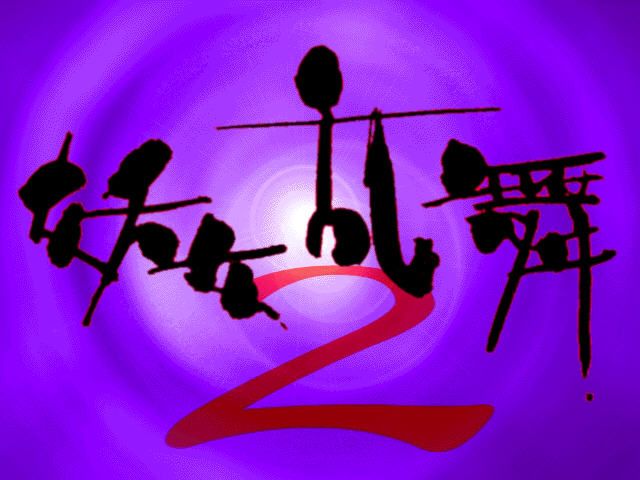
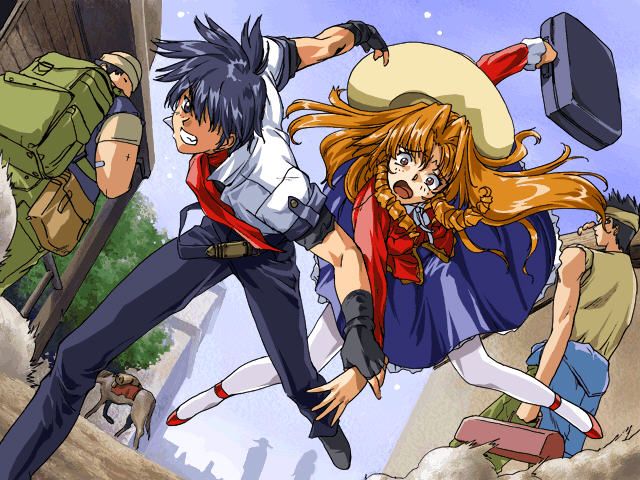
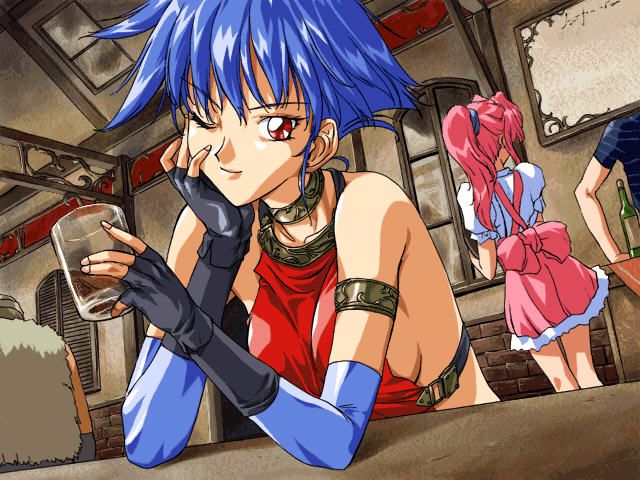
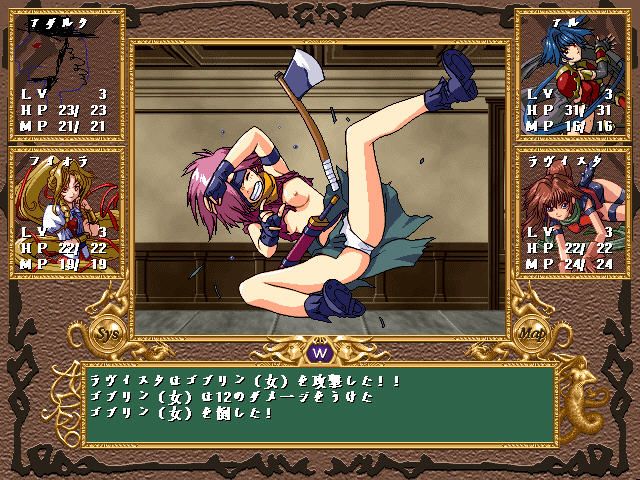
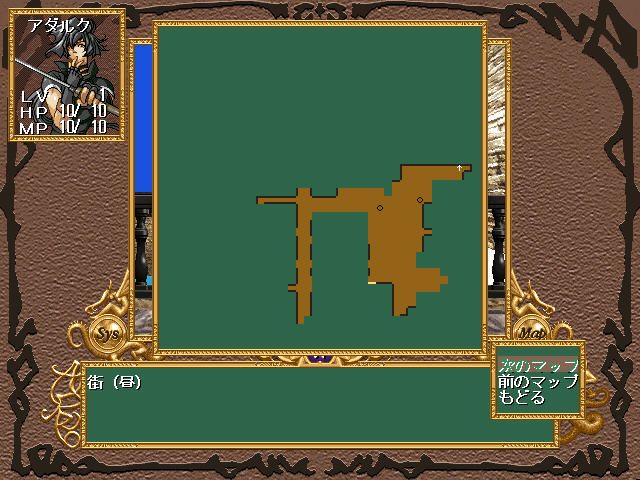



Reviews
There are no reviews yet.